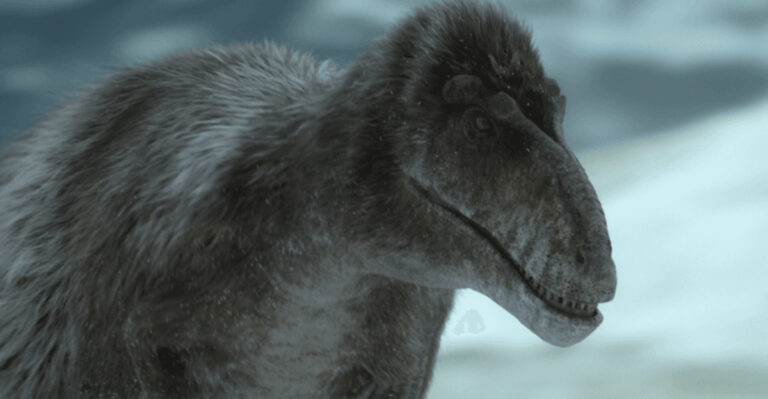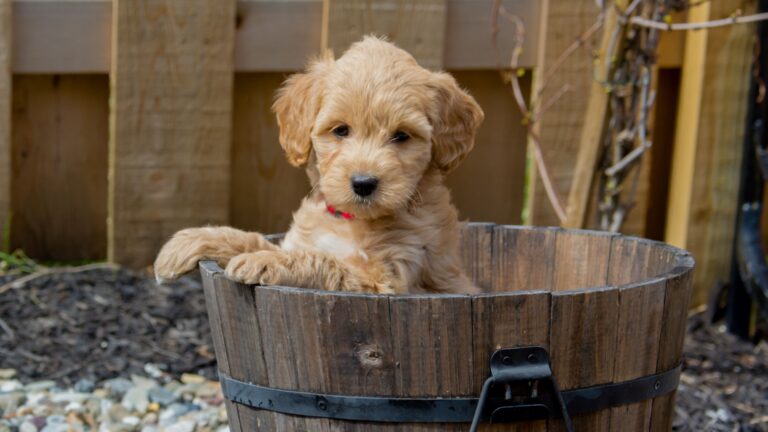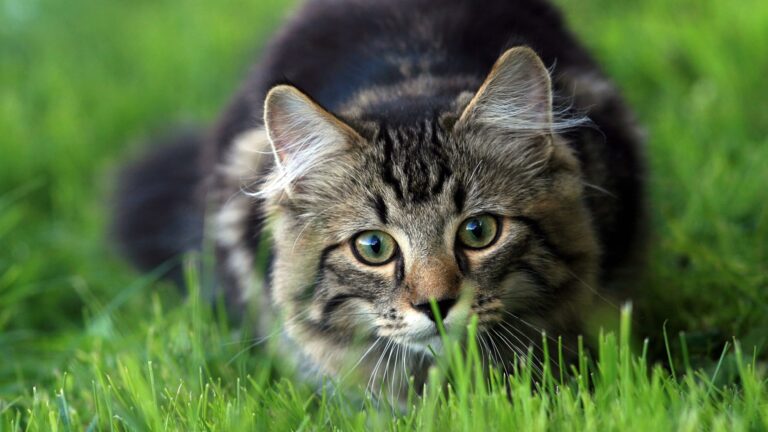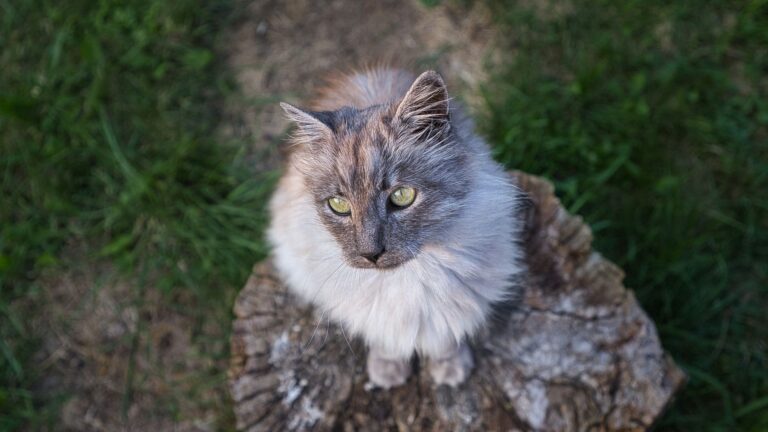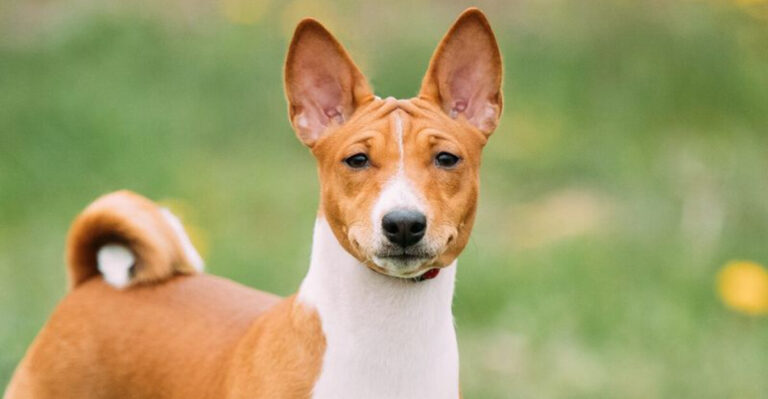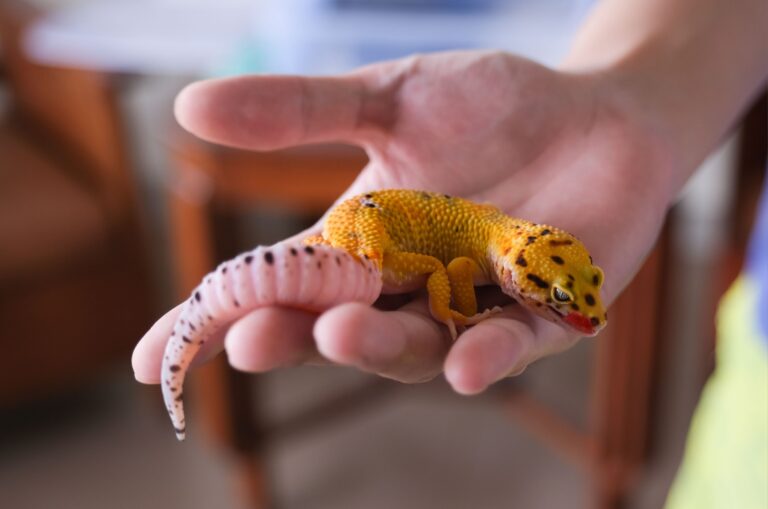16 Unique Bonding Behaviors Of Horses In The Wild And Domestic Settings
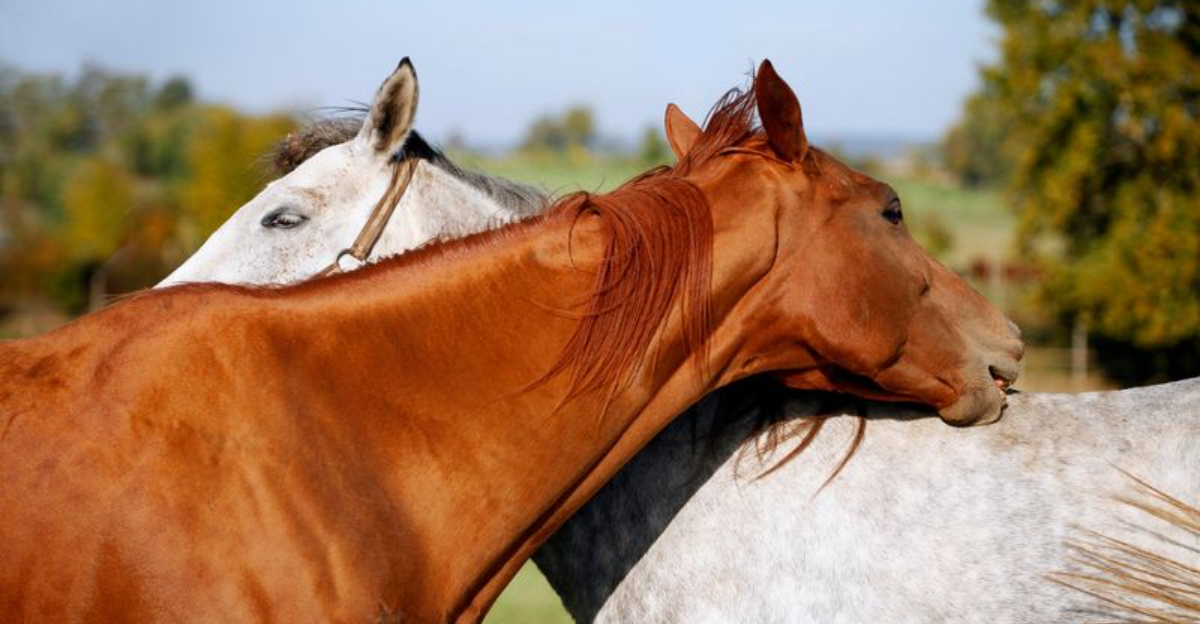
Ever wondered how horses create those deep, unbreakable bonds we admire? Whether galloping freely across open plains or living alongside humans, horses display fascinating social connections that reveal their emotional intelligence.
These magnificent creatures have developed intricate ways to communicate, establish trust, and form lasting relationships that work surprisingly similarly in both wild herds and our backyards.
1. Mutual Grooming Sessions
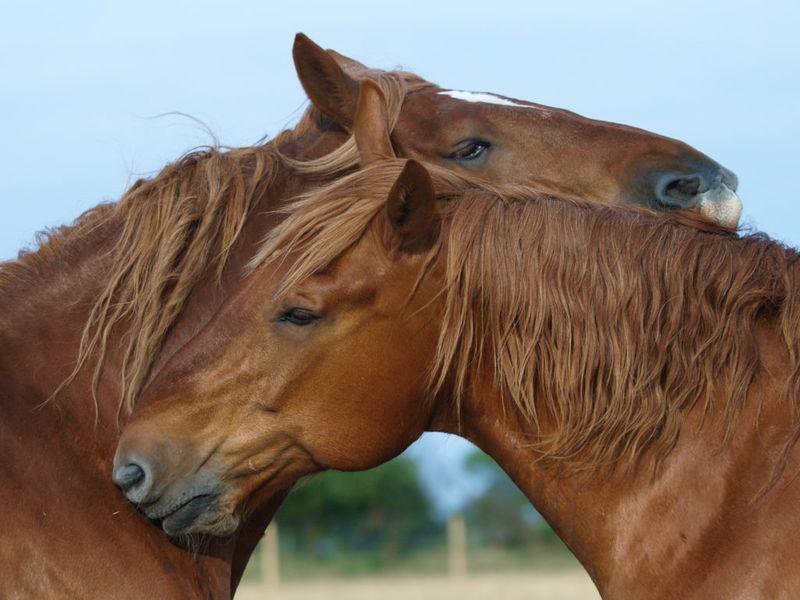
Nothing says “we’re friends” in horse language like a good scratch session! Standing side by side, horses use their teeth to gently nibble and scratch each other’s withers, neck, and back.
This isn’t just practical parasite control – it releases feel-good endorphins and strengthens their social bond. Wild horses prioritize these sessions with their closest herd companions.
2. Synchronizing Their Movements
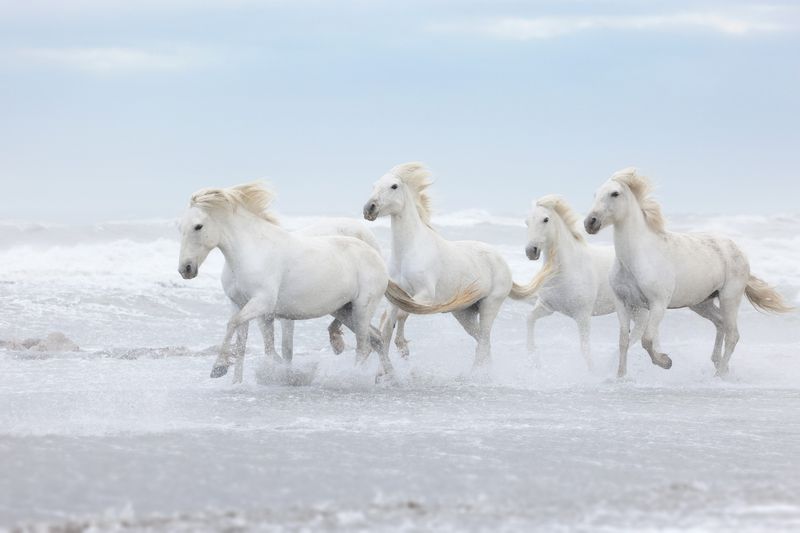
Watch a herd move together and you’ll witness a beautiful dance. Horses naturally synchronize their walking, trotting, and even resting patterns with preferred companions.
This movement harmony isn’t coincidental – it’s a powerful bonding mechanism that builds unity and safety. Domestic horses continue this behavior, often mirroring their favorite pasture mates or human handlers.
3. Protective Circling Around Foals
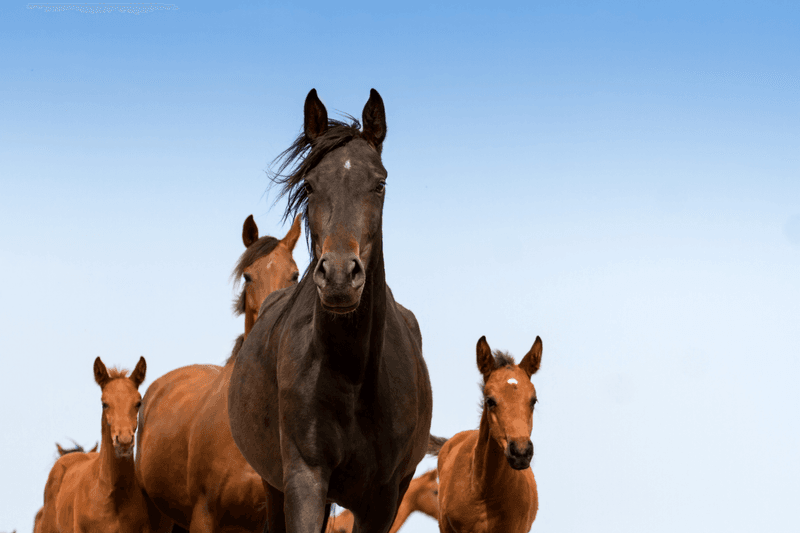
When danger approaches, something magical happens. Adult horses form a protective circle with their heads facing inward and their powerful kicking legs pointing outward, creating a living fortress around vulnerable foals.
This selfless behavior demonstrates their deep commitment to the herd’s future. Even domesticated horses will instinctively position themselves to shield youngsters from perceived threats.
4. Gentle Nose Touches
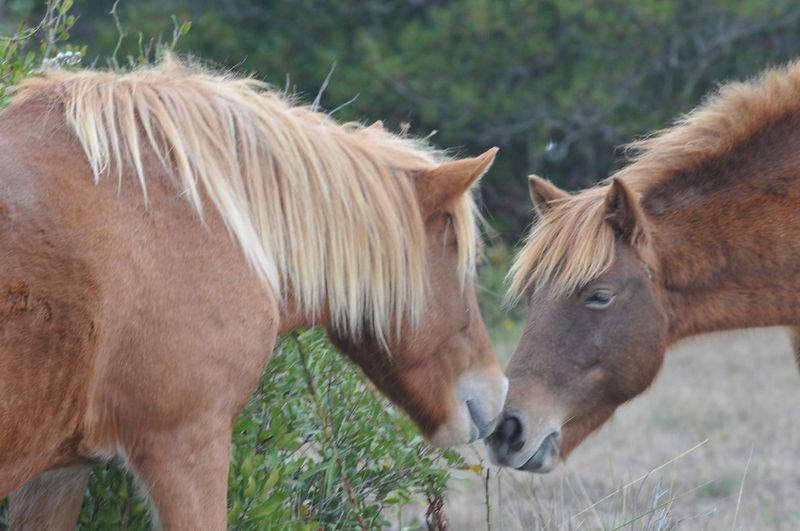
First impressions matter in the equine world! Soft nose-to-nose touches serve as the equine equivalent of a handshake when horses meet.
Through these gentle interactions, horses exchange breath and scent information while establishing personal boundaries. You’ll spot this greeting ritual between long-separated friends and new acquaintances alike, creating the foundation for future relationships.
5. Standing Guard During Rest
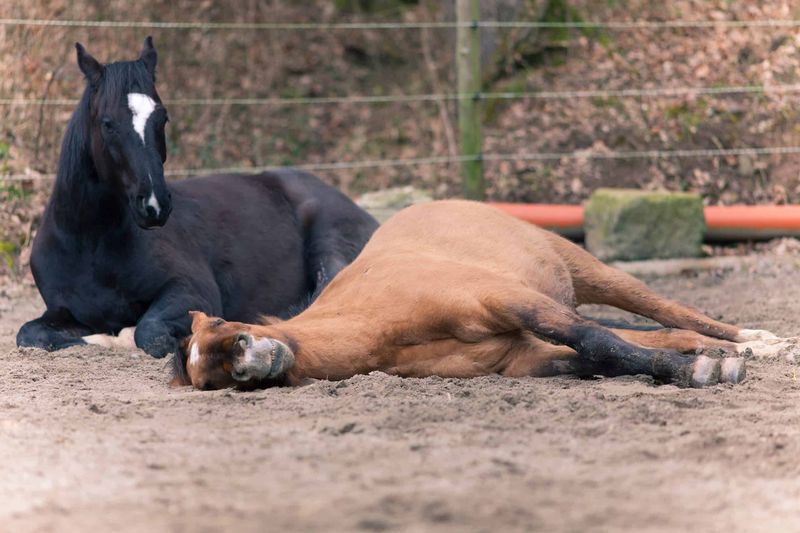
Sleep becomes a team effort in horse society. While some herd members lie down to enter deep REM sleep, others remain standing nearby, ears alert and watchful for danger.
They take turns in this vital role, ensuring everyone gets necessary rest while maintaining group safety. This remarkable display of trust and cooperation continues even in domestic settings where actual predators may be absent.
6. Playful Nipping Games
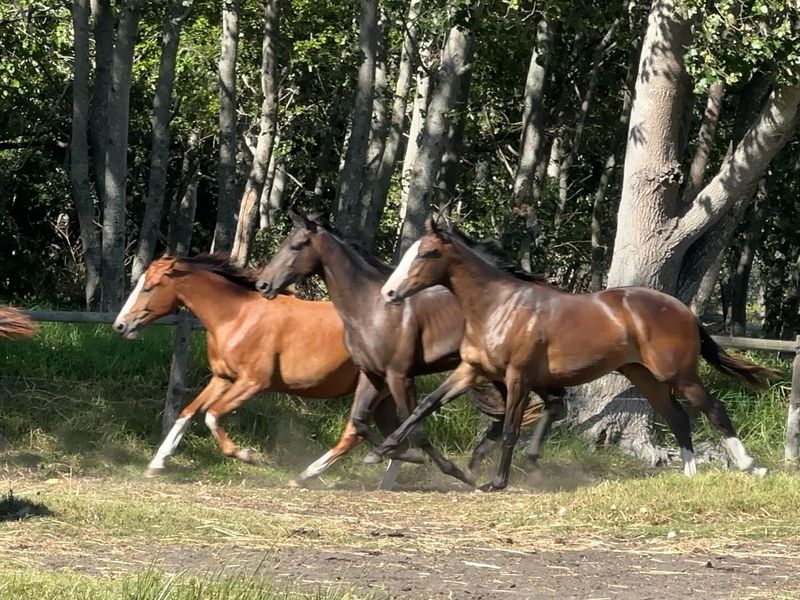
Just like human friendships often involve playful teasing, horses engage in gentle nipping games with their closest companions. These mock-biting sessions aren’t aggressive – they’re social play that strengthens bonds.
Young horses especially love these games, but even older horses will initiate them with trusted friends. The careful control they exercise shows remarkable social awareness and emotional connection.
7. Shared Grazing Patterns

Mealtime offers a window into deep horse friendships, with bonded pairs often grazing side by side and even maintaining body contact. Synchronizing their movements across pastures, they protect prime grazing spots for their companions.
Studies confirm that horses consistently choose to eat next to their favorite social partners rather than unfamiliar herd members.
8. Comfort Nuzzling During Stress
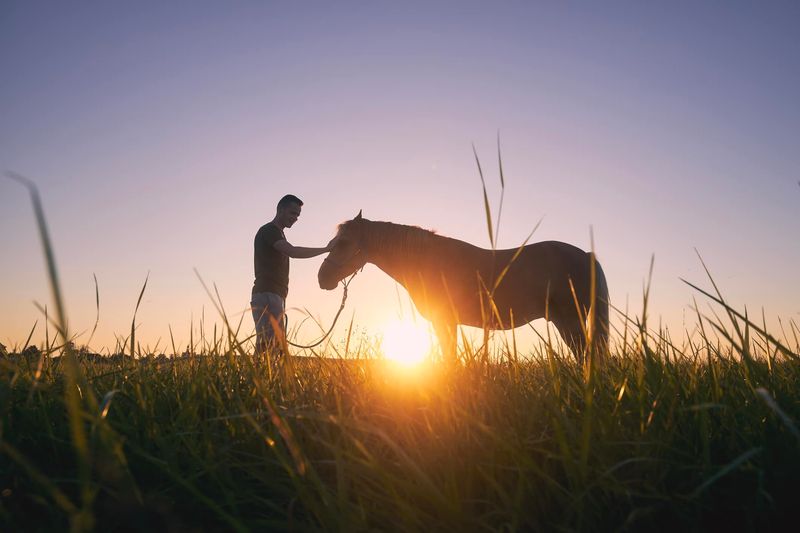
During thunderstorms or frightening situations, bonded horses instinctively seek each other out. They’ll press their bodies together and exchange soft nuzzles around the face and neck.
This touching behavior releases calming hormones that help regulate their nervous systems. Domestic horses often turn to trusted human companions for similar comfort, seeking familiar touch during veterinary procedures or new experiences.
9. Mourning Lost Companions
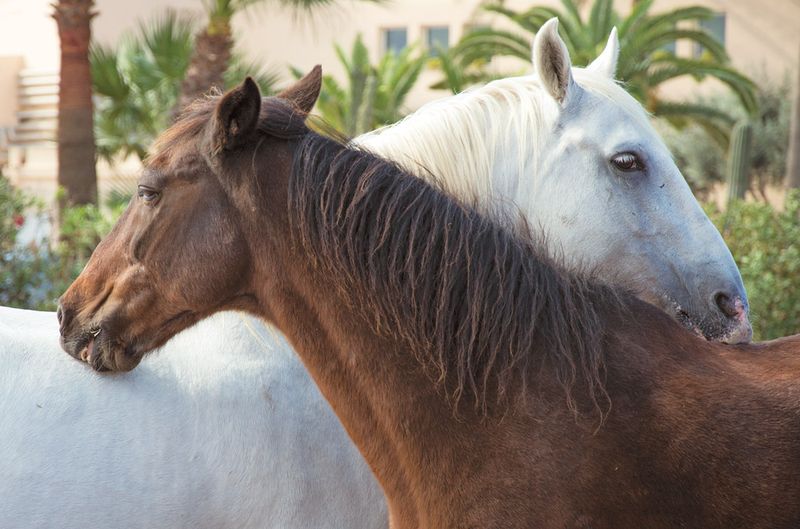
The depth of horse bonds becomes heartbreakingly clear when they lose a companion. Horses have been documented standing guard over deceased herdmates, refusing to leave for hours or even days.
They often display depression-like behaviors: reduced appetite, lethargy, and searching behaviors. This profound grief response demonstrates their capacity for deep emotional attachment that rivals human relationships in its intensity.
10. Cooperative Fly Swatting
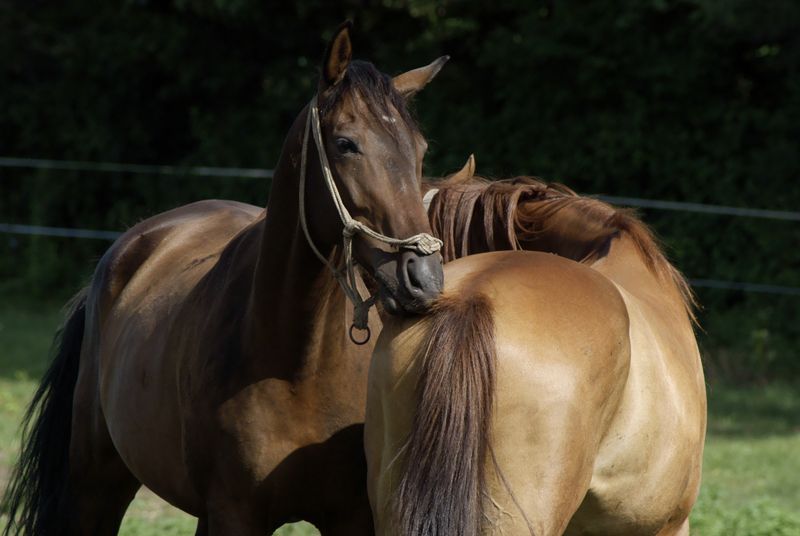
Summer brings pesky flies, but bonded horses have a clever solution! They’ll stand tail-to-head in pairs or small groups, using their tails to swat flies from each other’s faces.
This mutually beneficial arrangement demonstrates their understanding of reciprocity and cooperation. Wild horses perfect this positioning naturally, while domestic horses maintain this practical partnership even with access to artificial fly protection.
11. Shared Lookout Duties
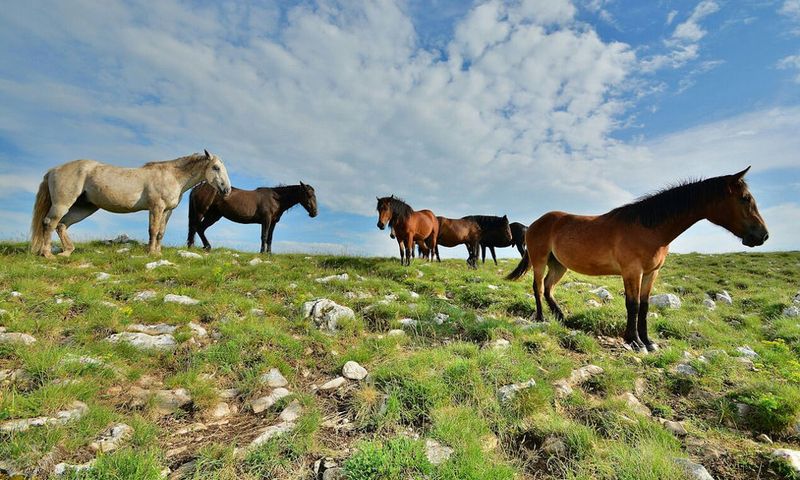
Vigilance is a shared responsibility among horses, with members of the herd taking turns as sentinels. Positioned on higher ground, a few keep watch while the others graze or rest.
Such a cooperative security system reflects strong social organization and mutual protection, a behavior that continues even in the safety of domestic settings.
12. Gentle Foal Discipline
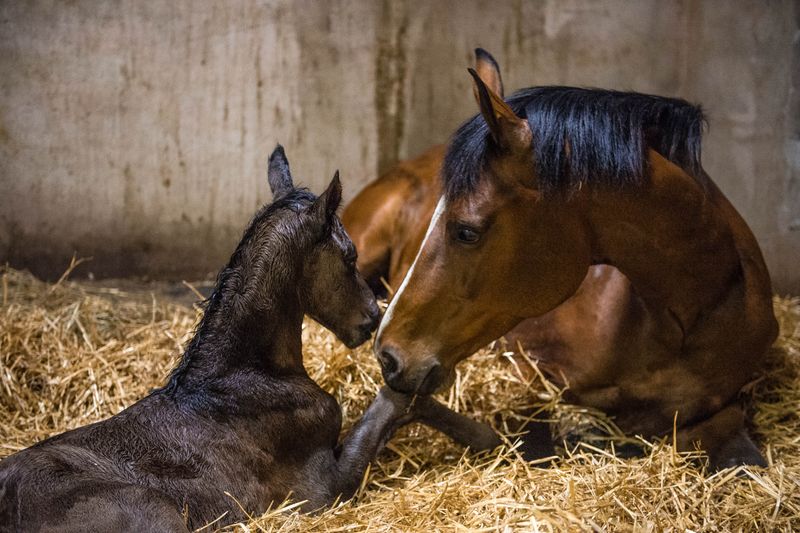
Raising well-adjusted young horses takes a village! Adult horses beyond the mother participate in teaching proper behavior through carefully calibrated corrections.
A gentle bite or strategic positioning reinforces boundaries without causing harm. These “aunties” and “uncles” play crucial roles in foal development. Domestic foals benefit similarly from interaction with mature horses who teach essential social skills humans simply can’t.
13. Scratching Partnerships
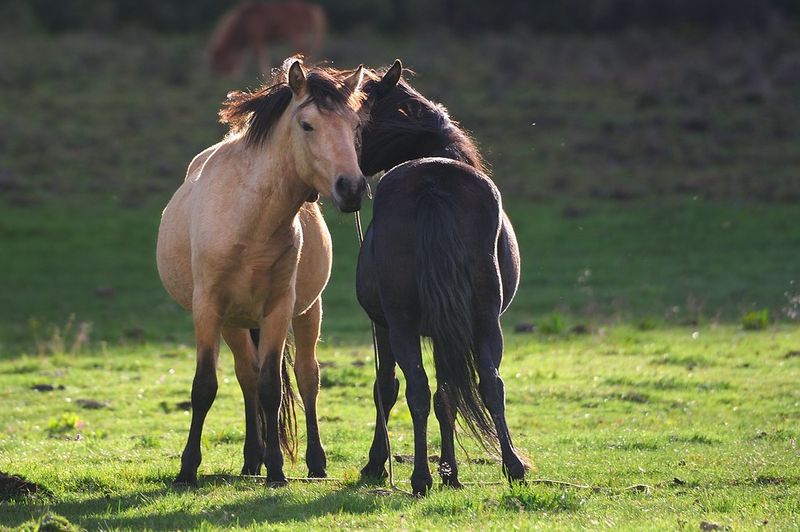
Those hard-to-reach itchy spots require some creative solutions! Bonded horses form scratching partnerships, taking turns rubbing against each other’s withers, shoulders, and rumps.
They’ll position themselves perfectly to help their friend reach that impossible spot. This reciprocal arrangement shows remarkable awareness of their partner’s needs. Domestic horses often invite trusted humans into these partnerships through specific positioning signals.
14. Welcoming Reunion Ceremonies
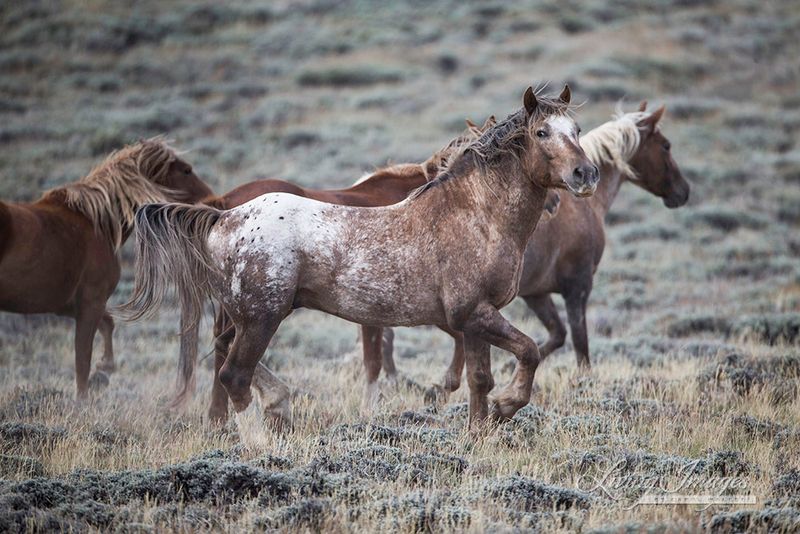
The joyful reunions between separated horses reveal their emotional attachments beautifully. After periods apart, horses perform elaborate greeting rituals involving excited whinnies, prancing movements, and enthusiastic nose touches.
These heartwarming displays occur whether separation lasted hours or months. Domestic horses show similar excitement when reunited with bonded human companions, demonstrating their ability to form cross-species attachments.
15. Collective Weather Protection
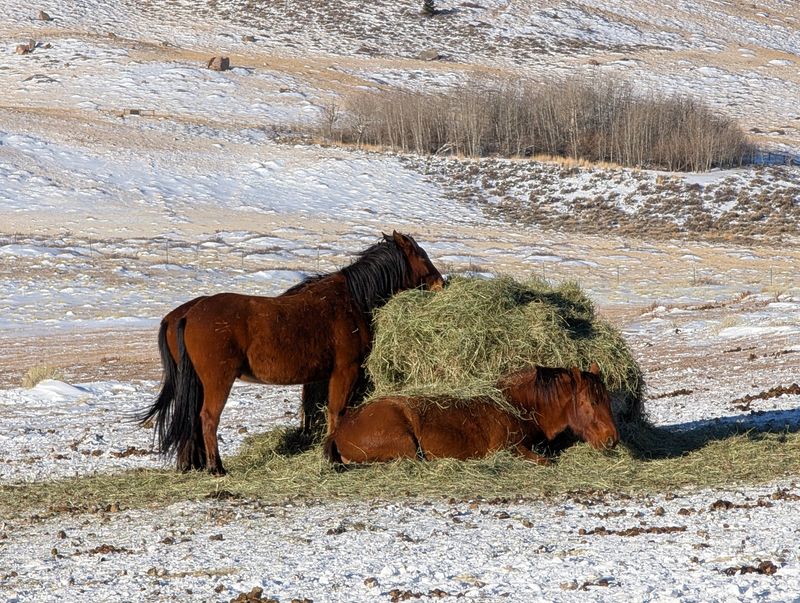
When harsh weather strikes, witness horse ingenuity in action! Herds position themselves strategically – forming tight circles in snowstorms with young foals in the center, or lining up in formation against driving rain.
During intense heat, they’ll create shade for vulnerable members. This collective problem-solving demonstrates their commitment to group welfare over individual comfort, a powerful expression of their social bonds.
16. Trust Leaning
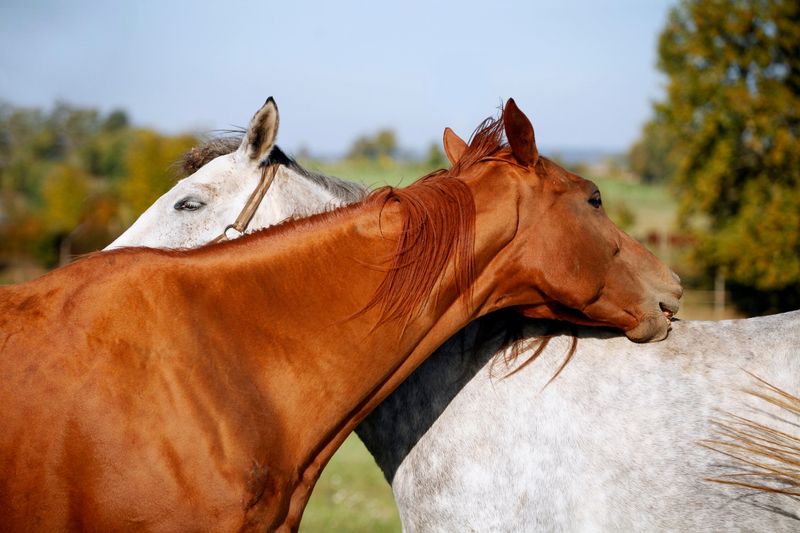
The ultimate display of equine trust happens when a horse deliberately leans against another. This vulnerable position requires complete confidence in their companion’s support and intentions.
Bonded horses will rest their weight against each other during relaxation. When a domestic horse leans gently against their human, it’s not rudeness – it’s actually a profound compliment signaling deep trust and connection.

